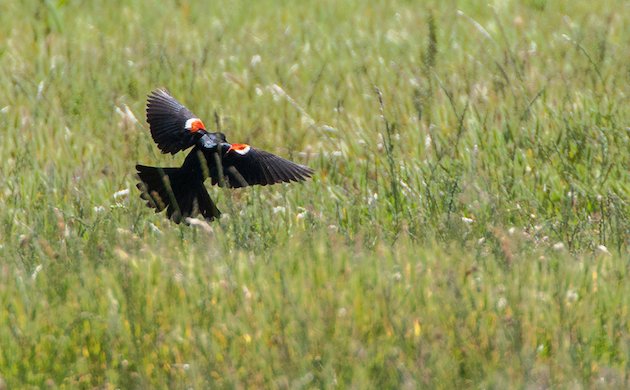
More than 99% of the population of Tricolored Blackbirds (Agelaius tricolor) live within the state of California and form the largest colonies of any North American passerine bird1. Click on photos for full sized images.
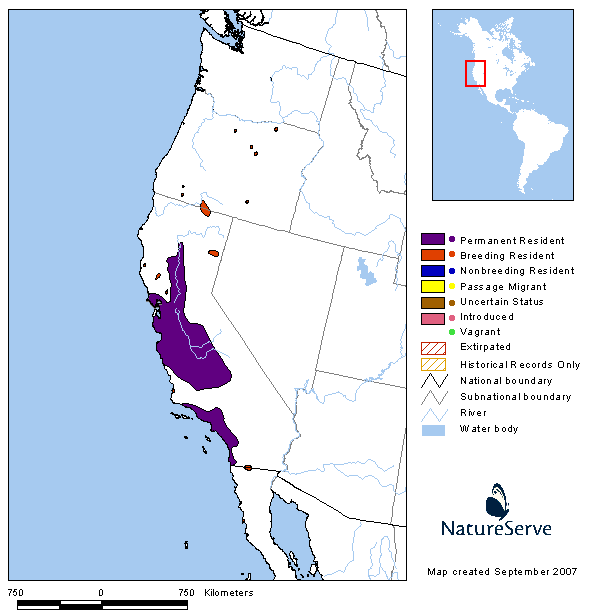 The Results of the 2014 Tricolored Blackbird Statewide Survey confirm that this species is in rapid decline. This is an excerpt from that report:
The Results of the 2014 Tricolored Blackbird Statewide Survey confirm that this species is in rapid decline. This is an excerpt from that report:
“Because much native nesting habitat has been converted to agriculture and stored grains provide an essentially limitless food resource, tricolors have since the 1980’s nested in large numbers in association with dairies. This change in nesting habitat has had serious consequences: first, annually all of the eggs and nestlings in entire colonies are lost when the grain fields serving as nesting substrates are harvested as part of normal agricultural operations, and second, grains do not provide the nutrition required for breeding, so even conserved colonies are often unproductive, with few fledglings produced.”
The report continues:
“Following the breeding season, most tricolors are found in the Sacramento Valley where they aggregate with red-winged and other blackbird species and feed, often in large flocks, on ripening rice. An unknown number of adult tricolors is shot each fall due to their similarity in appearance to red-wings, as red-wings are exempted from protection under the Migratory Bird Treaty Act and are legally shot each fall as they feed on ripening rice.”
Blackbirds, among other species, are also killed every year for consuming sunflower seeds mostly in Minnesota and the Dakotas. See Birdchick’s post here.
According to the United States Department of Agriculture (USDA) report on animals taken in fiscal year 2013, “Wildlife Services” intentionally killed 657,134 Red-winged Blackbirds and dispersed 1,777,960. No one knows how many of those numbers were actually Tricolored Blackbirds. Click on photos for full sized images.
And while the USDA keeps tabs on the number of birds the program “euthanizes”, the total death toll isn’t known because private contractors operating under depredation orders aren’t required to keep count in the case of blackbirds, cowbirds, grackles, and starlings. Therefore the actual numbers of birds killed are grossly underestimated.
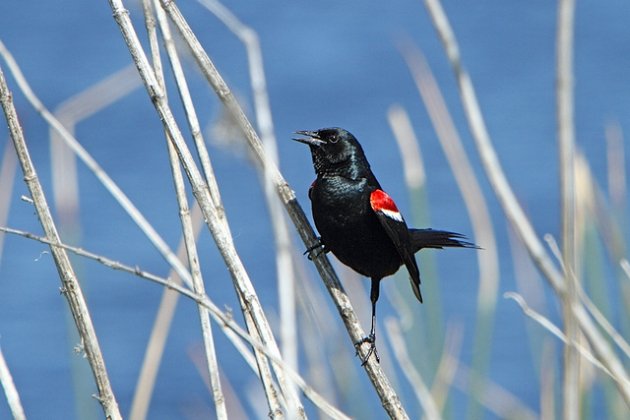 Male tricolored blackbird on a tule stem | Photo: Alan Vernon/Flickr/Creative Commons License
Male tricolored blackbird on a tule stem | Photo: Alan Vernon/Flickr/Creative Commons License
A summary of the 2013 California statewide report states:
The 2014 Statewide Survey was held from April 18-20, 2014. It appears to have been the most comprehensive Statewide Survey ever, with 143 participants surveying for tricolors at 802 locations in 41 counties.
The California population estimate derived from the Survey was 145,000 birds. This is a 44% reduction from the 258,000 birds seen during the 2011 Survey and a 63% reduction from the 395,000 birds seen during the 2008 Survey. Thus, the number of tricolors in California continues a rapid decline.
httpv://youtu.be/3rwi0SF8r8o
Last Wednesday, August 6th, the California Fish and Game Commission decided not to grant the Tricolored Blackbird an emergency designation as a threatened species. Dan Taylor, an Audubon Society board member who testified at the meeting, said the commission was sympathetic to calls for action, but was hesitant to use an emergency measure specifically created for species under imminent threat.
“We’d like to see the department exercise protections for this species which clearly needs it,” Taylor said. “We can’t afford to lose another one of these large colonies.”
You can get more information on this declining species at the Tricolored Blackbird Portal.
References: 1Birds of North America Online


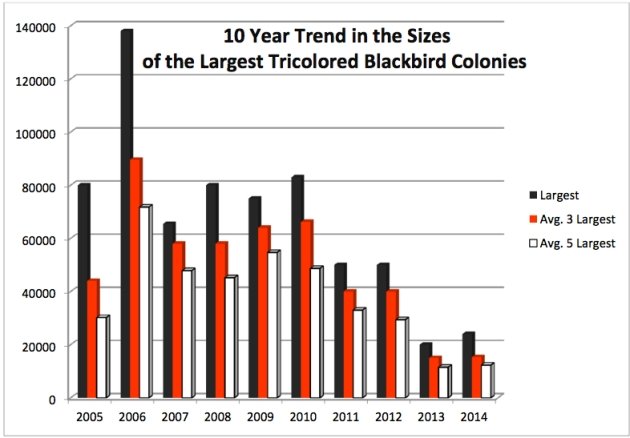
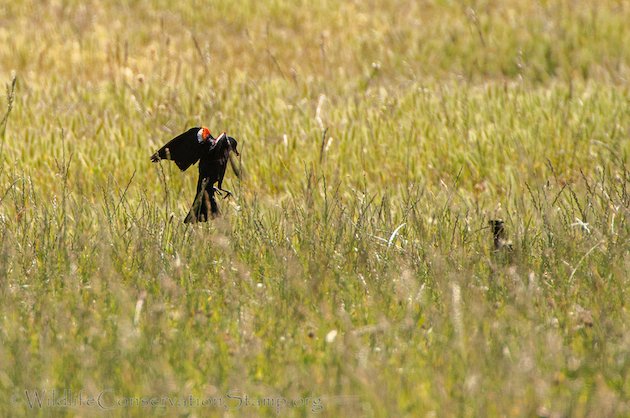











Leave a Comment